An Age of Mysteries and Codes
Anyone who grew up playing video games in the 80s, 90s, and early 2000s lived through an entirely different time than we do today. There was no YouTube to search for tutorials, no wikis detailing every secret, and no forums filled with real-time tips. Fun was accompanied by personal discoveries, information exchanges during school breaks, and often hours of racking their brains to figure out how to beat a level.
It was common to write down moves in notebooks, save game passwords on loose sheets of paper, memorize button sequences to unlock infinite lives or unlock secret characters. Today, all of this seems almost mythical, but for those who lived through it, it was an essential part of the gaming experience. This article takes a nostalgic journey through the 80s, 90s, and 2000s, exploring what it was like to play video games during that period and the elements that have practically disappeared in the modern gaming era.
The 80s Era: The First Digital Secrets
In the 1980s, video games were taking their first steps outside the arcades and invading homes with consoles like the NES, the Master System, and the Atari 2600. It was a period of technical simplicity, but also of immense imagination.
The games were challenging and punishing. Most titles lacked a save system, meaning players had to complete the game in a single playthrough. To alleviate this difficulty, the first passwords and secret codes appeared. In games like Metroid (1986), for example, the famous code "JUSTIN BAILEY" allowed the protagonist to start without armor, something that became a legend among players.
In Mega Man 2 and other titles in the franchise, grids with colored dots served as passwords that needed to be copied by hand to continue where the player had left off. These systems were so complex that a simple mistake in writing them down could mean losing hours of progress.
Furthermore, codes were part of marketing. One of the most famous of the time, which remained alive in the following decades, was the Konami Code (↑ ↑ ↓ ↓ ← → ← → B A). It first appeared in Gradius (NES, 1986) and granted advantages such as extra lives. It quickly became a cultural icon, present in countless games and even on websites years later.
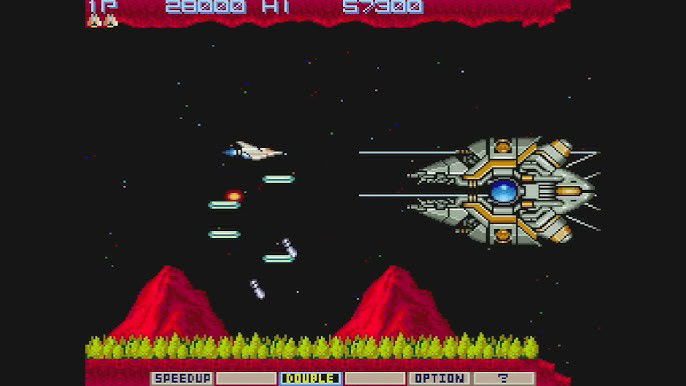
The 90s: Notebooks, Magazines, and Shared Secrets
The 1990s can be considered the "golden age" of secret codes. With the popularization of the Super Nintendo (SNES), Sega Genesis, PlayStation and Nintendo 64, games became more complex, but still didn’t have reliable save systems in all cases. Passwords and notes remained a staple.
It was common to have a notebook exclusively for games, where each player wrote down combinations of fighting moves in Mortal Kombat and Street Fighter II. Who hasn't written "FR - F - P" (forward, forward, punch) or "D - F - K" (down, forward, kick) to remember their moves? These notebooks were veritable grimoires of gamer magic, passed around among friends and even kept as personal relics.
Another important point was the specialized magazines, such as Nintendo Power in the USA or Super GamePower in Brazil. They were the main source for discovering secrets, walkthroughs, and tricks. Often, an issue would be packed with tips on how to defeat secret bosses or unlock hidden characters.
Cheats were also everywhere. Those who lived through that time remember putting codes into Mortal Kombat to release blood (something censored in some versions) or using codes in NBA Jam to play with politicians and celebrities. In GTA (both the PS1 version and later the iconic GTA III), cheat codes became synonymous with limitless fun, infinite weapons, vehicles appearing out of nowhere, and city-wide chaos.
This decade also brought memory cards, which finally began to replace passwords, but notebooks were still essential. After all, there wasn't always enough space to save everything, and many games still insisted on the old code systems.
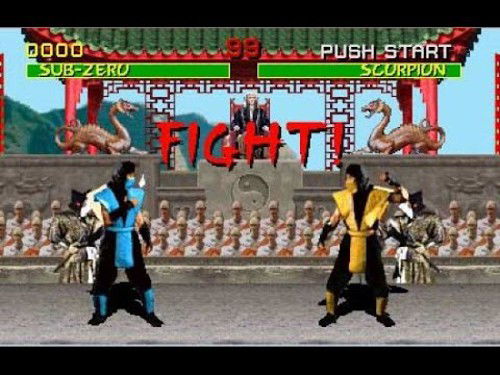
Video Game Magazines: The Gamer's Bible
If today we have Google and YouTube to answer any question, in the 80s, 90s and 2000s the rules were dictated by video game magazines. They weren't just informative, but true survival guides for any gamer.
The walkthrough sections were the most anticipated. Huge games, like The Legend of Zelda: A Link to the Past or Final Fantasy VII, had full pages explaining step-by-step how to progress. These articles were veritable manuals, often accompanied by drawn maps and tips on hidden bosses.
Another notable feature were the Q&A sections. Readers sent letters asking how to beat levels, find secret items, or even about rumors of hidden characters. In some issues, the editors even joked with readers, mixing real tips with pranks.
The magazines also featured release previews, behind-the-scenes features on developers, and console comparisons, fueling heated discussions between Nintendo fans and Sega fans. For many, waiting until the next month to read the news was almost as exciting as playing.
More than just providing information, these magazines created a community. Exchanging tips at school or lending back issues to friends was part of gamer culture. Today, everything is just a click away, but nothing replaces the feeling of opening a magazine and discovering a secret code that entirely changed a game.
Video Game Rental Stores: The Temple of Gamers
Another unforgettable aspect of gamer life in the 80s, 90s and 2000s was video game rental stores. For those who couldn't afford to buy every new release—and let's face it, almost no one could—rental stores were the gateway to trying out new titles.
Gamers would rent a cartridge or CD for a few days, take it home, and make the most of that short period. Often times, this meant staying up all night to beat the game before returning it. There was also the thrill (or frustration) of renting a game someone else had already saved, discovering advanced levels or nearly defeated bosses.
Rental stores were also meeting places. Friends would gather to choose games together, exchange tips, and even compete to see who could finish a game first. In many places, some rental stores offered cabins with televisions for hourly play, creating environments that mixed the arcade experience with the convenience of modern consoles.
Furthermore, rental stores were living sources of information. The attendant almost always knew which games were the most difficult which had hidden secrets and even recommended titles based on each customer's style.
This culture disappeared with the advancement of the internet, the popularization of piracy, and, later, digital services. But for those who lived through it, going to a rental store was more than just renting a game: it was experiencing an essential part of the magic of being a gamer.
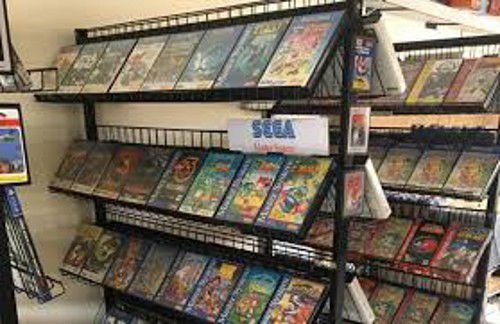
The 2000s: The Transition to Modernity
The turn of the 2000s brought a radical change. With consoles like the PlayStation 2, GameCube and Xbox, save technology was already consolidated, and games were increasingly cinematic. This meant that passwords began to disappear, giving way to automatic save systems and checkpoints.
On the other hand, the developers' creativity still guaranteed space for secrets and hidden codes. GTA: San Andreas (2004) became an icon of this generation thanks to its cheats. Players memorized enormous button sequences to activate jetpacks, transform cars into flying vehicles, or leave the city in constant war. It was almost a side game within the game itself.
Another phenomenon of the 2000s was access to broadband internet, which gradually began to replace notebooks and magazines. Sites like GameFAQs gathered codes, guides, and walkthroughs that were previously only accessible through printed publications. Still, many players preferred to keep their notes, as not everyone had easy access to the internet.
It was also around this time that DLCs and digital expansions emerged, changing how secrets were implemented. Previously, everything was inside the cartridge or disc; you just had to find it. Now, extra content could be purchased, eliminating some of the mystique of finding "what no one else knew."
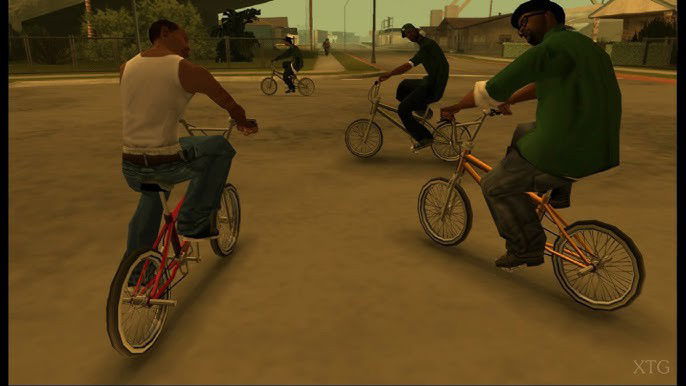
The Notebook Rituals
One of the most striking elements of these decades was the habit of taking notes. It was common to find notebooks with entire pages dedicated to hand-drawn maps, password lists, and combinations of moves. These manual records transformed the act of playing into something almost artisanal.
There was a sense of belonging and achievement in having that notebook. It wasn’t only a practical resource, but also a way to show dedication to the game. Each note represented a battle won, a secret discovered, or a friendship strengthened by sharing tips.
Today, with automatic saves, wikis, and video guides, this practice has practically disappeared. Gamer culture has changed, but those who lived through it know the value these notebooks had.
Cheats, Secrets, and Developer Creativity
Secret codes weren't just gimmicks to make the game easier. They were often developer pranks, small rewards for curious players. The famous Big Head Mode, present in several shooters from the 90s and 2000s, was a clear example: it served no purpose other than to amuse.
Other codes radically changed the experience. In The Sims, for example, the rosebud (and later motherlode) code gave infinite money, allowing players to build impossible mansions. In Tony Hawk's Pro Skater, cheats unlocked bizarre characters and insane tricks.
These secrets transformed the game into something new, creating collective memories that united entire communities.
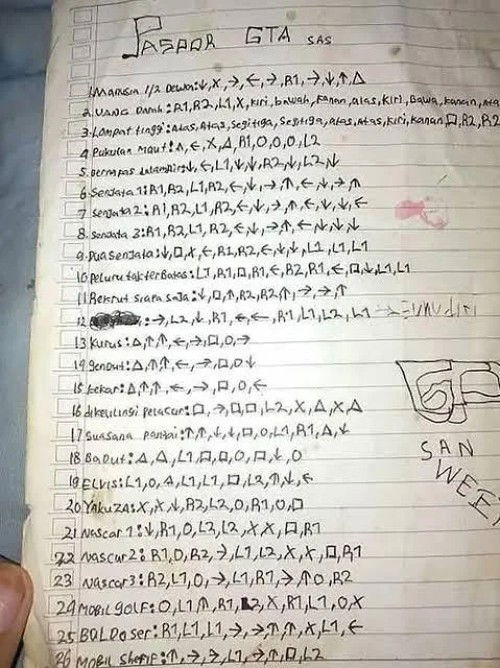
Why Did This Disappear?
As technology has evolved, game design has changed. Today, virtually all games feature automatic save systems, checkpoints, integrated maps, and tutorials. Accessibility has increased, but at the same time, the "mystery" has diminished.
Secret codes still exist in some cases, but they've lost the cultural relevance they had in the 80s, 90s, and 2000s. What was once discovered in conversations at school is now revealed in minutes on YouTube. Furthermore, monetization through DLCs and microtransactions has replaced some of the content that once came as "free secrets" within the game itself.
Conclusion
The 80s, 90s, and 2000s were unique decades in the world of video games. Playing games back then wasn't just about tackling challenges on the screen, but also about experiencing a ritual that involved notebooks, conversations with friends, magazines full of tips, the thrill of discovering a secret code, and, of course, the obligatory visits to the video game store.
These collective experiences shaped entire generations of gamers, creating a relationship with games that went far beyond the screen. Today, technology offers more complete and accessible experiences, but also more solitary and less mysterious.
The magic of typing a sequence of buttons on a controller, finding a clue lost in a magazine, or spending an afternoon at the video game store choosing games will hardly be recreated. Perhaps it's precisely this mix of difficulty, curiosity, and togetherness that makes these memories so special. For those who experienced them, they’ll never be forgotten.













— Commenti 0
, Reazioni 1
Diventa il primo a commentare